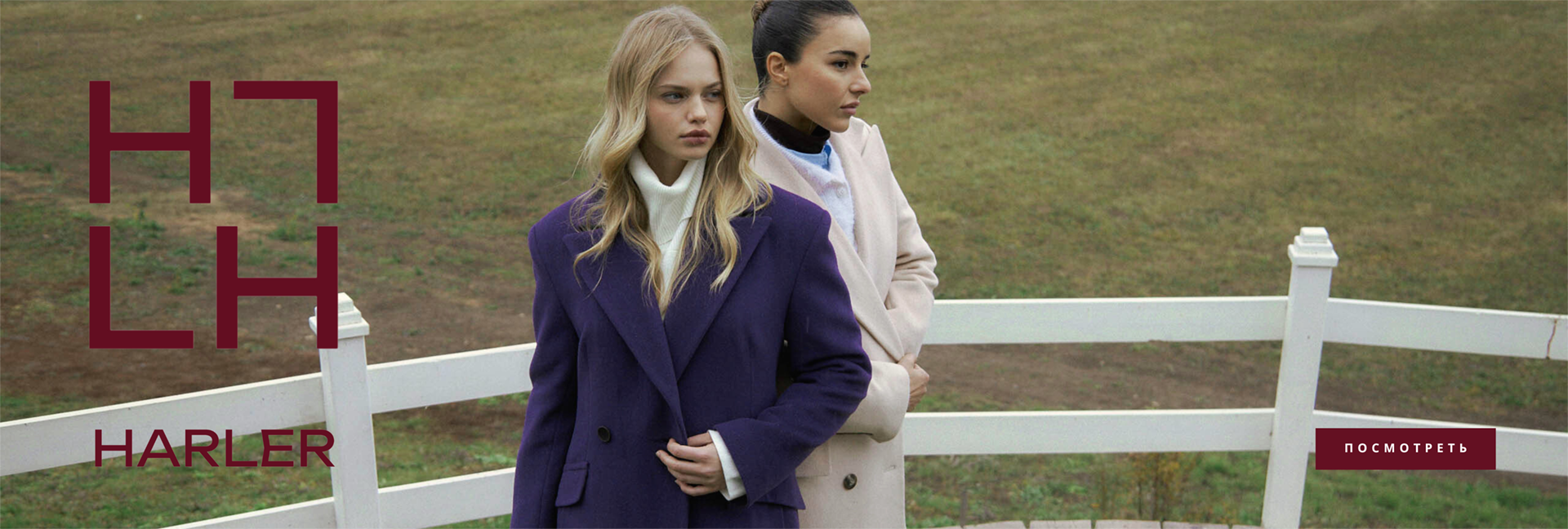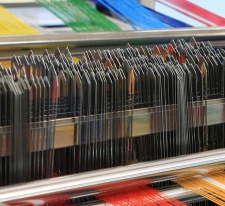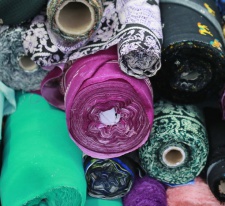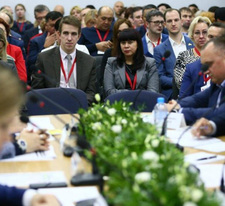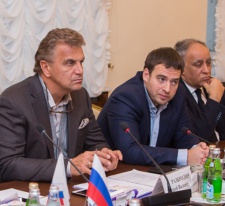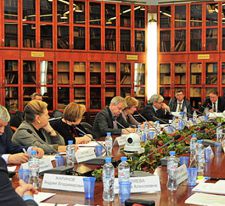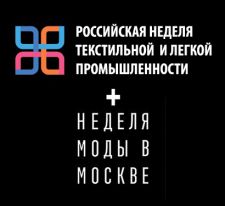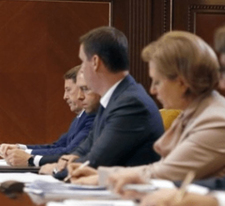Light industries
WOE FROM WIT
Retail trade turnover in April 2017 amounted to 2,329.3 billion rubles, which in comparable prices is 100% compared to the corresponding period of the previous year, in January–April 2017 – 9,064.7 billion rubles, or 98.6%. By 93.7%, retail trade turnover was formed by trading organizations and individual entrepreneurs operating outside the market, the share of retail markets and fairs was 6.3% (in April 2016, 93% and 7%, respectively). In April 2017, in the structure of retail trade turnover, the share of food products, including beverages, and tobacco products amounted to 48.5%, non-food products - 51.5% (in April 2016 - 48.9% and 51.1%, respectively).
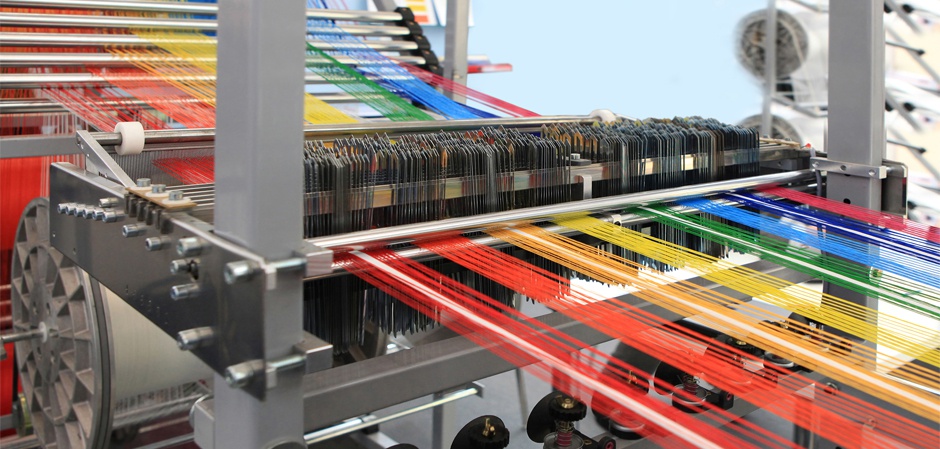
According to Elena Dybova, Vice-President of the CCI of the Russian Federation, in general, the light industry is accelerating the pace of development, and this trend is characteristic of an increasing number of sub-sectors. "At the same time, the general economic situation actively influences the development of manufacturing industries, including the light industry, and the state machine, despite a more prompt response to trends in the industry, remains inert, and therefore measures of direct or indirect support for the light industry are characteristic, as it wereafter "raquo;," notes Ms. Dybova. – Which, of course, makes it difficult to correct the situation in any sectors of the light industry in a timely manner. The Ministry of Industry and Trade and the Chamber of Commerce of the Russian Federation, together with Soyuzlegprom, are increasingly cooperating in the formation of proposals to support promising investment projects in the textile industry. This, in turn, makes it possible to increase the level of efficiency in solving industry problems.
Retail trade turnover in April 2017 amounted to 2,329.3 billion rubles, which in comparable prices is 100% compared to the period of the previous year.
The so-called smart buyer has been ruling the market for the third year, and the main problems of Russian manufacturers have remained the same: the search for a reasonable balance of price and quality, the significant presence of counterfeit goods in all groups of goods, with which it is extremely difficult to compete, the shortage of working capital with long delays in payment for the delivered goods, the difficult position of banks in allocating loans and expensive logistics of supplies, to which networks transfer dwindling bonuses.
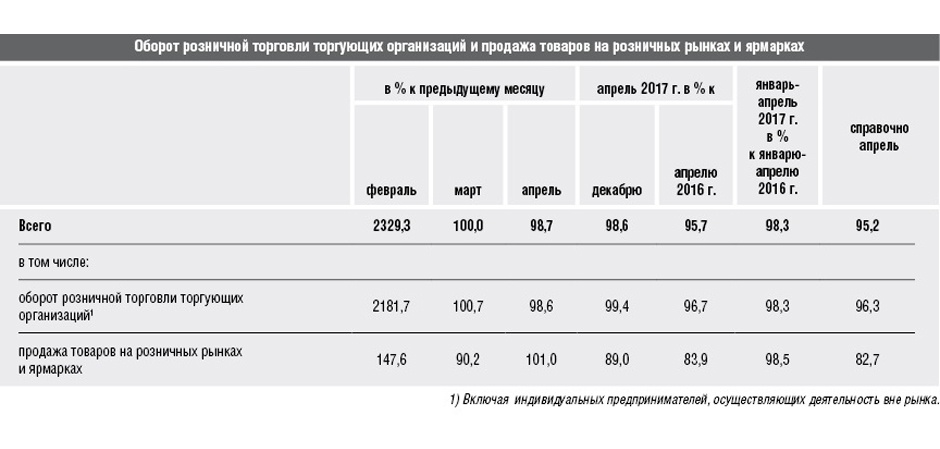
The task of the Union, together with the relevant department of the Ministry of Industry and Trade of Russia and ACORT, is to continue working to ensure effective interaction between retail chains and Russian enterprises, Andrey Razbrodin believes. Self-regulation is the basis of our future activities. In world practice, the institute of self-regulation is considered one of the most effective forms of protecting the interests of entrepreneurs. Self-regulatory organizations are called upon to be an intermediate link between federal executive authorities and industrial enterprises, to promote the implementation of a unified economic policy. The key goal of self-regulatory organizations is the formation of unified production management standards, coordination of manufacturers' interaction with government authorities, consumers and, ultimately, the creation of an effective and high-quality market for goods in the textile and light industry.
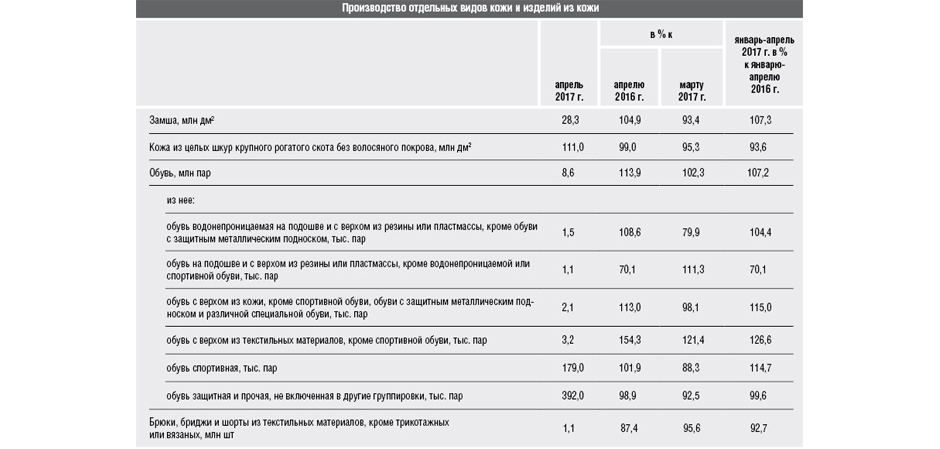
One of the key topics for the industry, according to the players, remains investing in the fixed capital of enterprises. In total, investments in industry amount to 10,993.4 billion rubles, of which 51% of the enterprises' own funds. In light industry, the amount of investments, excluding small enterprises, amounted to 7.19 billion rubles, of which 73.9% of own funds. In total, financial investments of organizations in a full range of enterprises, according to Rosstat, amounted to 13.1 billion rubles in 2016, with textile and clothing production accounting for 9.47 billion rubles, or 72.3% of total investments. For the production of leather, leather goods and footwear production - 3.63 billion rubles, or 27.7%, respectively. "Delaying by banks the deadlines for considering applications from enterprises for loans, underestimating the cost of the proposed collateral, making obviously impossible demands for the same consideration, all this does not contribute to increasing investment in the industry," recalls Andrey Razbrodin.
Author: Svetlana Soboleva
Photo: shutterstock.com
